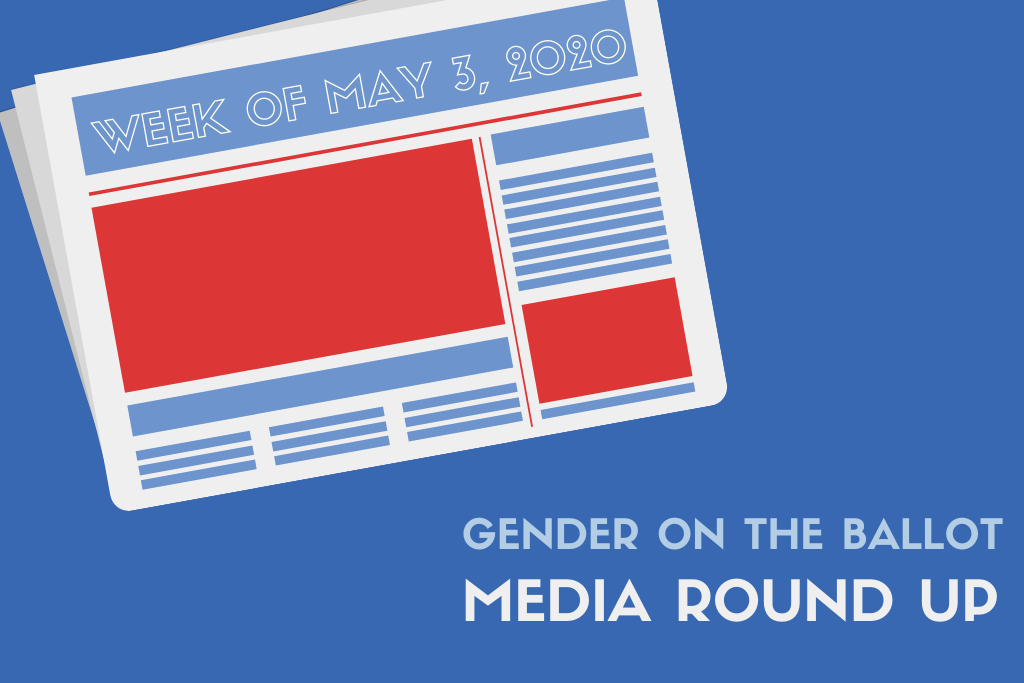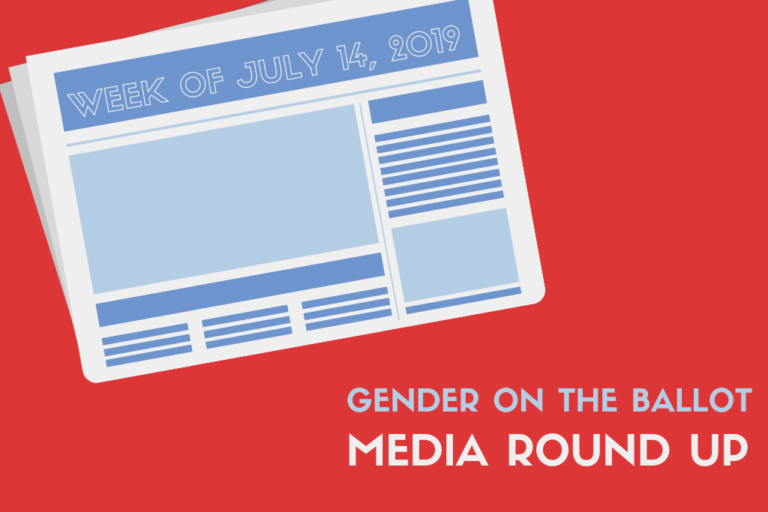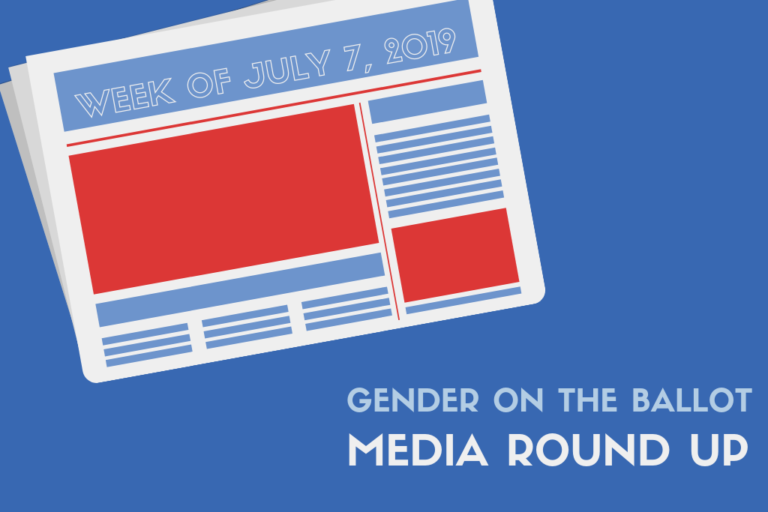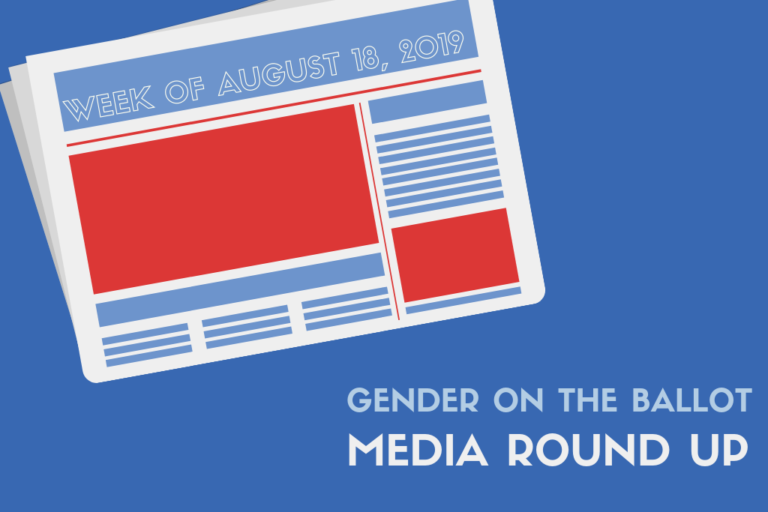Happy Friday! Welcome to our Media Round Up. Each week we’ll be collecting and…
Media Round Up: Week of May 3rd

Happy Friday! Welcome to our Media Round Up. Each week we’re collecting and sharing our favorite gender + politics stories. Here’s what caught our eye this week:
The Women Leading the Coronavirus Response From City Hall
Mattie Kahn, Glamour
Women governors and heads of states have been drawing headlines for their stellar response to the COVID-19 pandemic, but local officials are doing just as much. Across the country, mayors are responsible for their cities and tasked with making hard decisions on the fly. Glamour interviewed five women mayors to hear more about how they’ve handled this crisis so far, and what their plans are for the future.
You can read the full article here.
Why Biden’s Choice of Running Mate Has Momentous Implications
Jonathan Martin and Alexander Burns, The New York Times
This vice presidential selection is unlike any we’ve seen in recent years, and the decision will shape politics in the years to come. Biden has hinted that if elected, he may only serve one term, leaving 2024 open for his woman VP to run. Even if he loses in November, his pick may signal who is the new face of the Democratic party. As former Senator Claire McCaskill bluntly said, “You’re writing your ticket to be the first woman president.”
You can read the full article here.
Religious Objectors V. Birth Control Back At Supreme Court
Nina Totenberg, NPR
A controversial birth control case returned to the Supreme Court this week. Obamacare required employers to include free birth control in their health care plans, but included a workaround for religiously affiliated nonprofits. Some employers still objected on religious grounds, bringing the 2016 case back to the Court. Click to read more about how the case will play out, and what it could mean for women’s healthcare.
You can read the full article here.
These Are the Voters Who Could Decide the Election
Stephanie Valencia, The New York Times
Increased turnout among Latinas is critical if Democrats want to perform well in November. Latina voting rates are 14 to 20 percent lower than white women. To make sure their voices are heard, candidates need to engage Latina women in ways that are culturally relevant and emphasize the impact that can have on their communities.
You can read the full article here.
Becoming Reveals What Michelle Obama Has Been Doing Since Leaving The White House
Asia Ewart, Refinery29
Looking for a new show to watch while social distancing? Becoming follows former FLOTUS Michelle Obama as she meets with girls and women across to U.S. to share her story. Since the release of her memoir, Obama has continued to advocate for higher education and voting participation. The documentary is now available for streaming on Netflix.
You can read the full article here.
Five stories not enough? Sign-up for the Women & Politics Institute’s weekly newsletter, the WeLead Reader.







